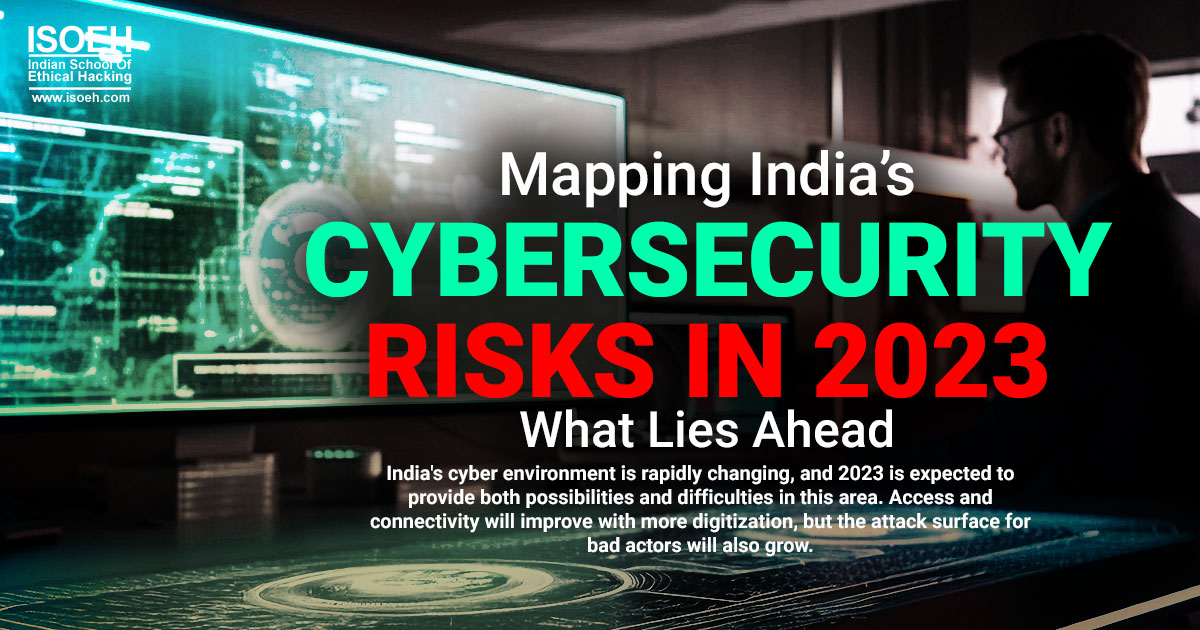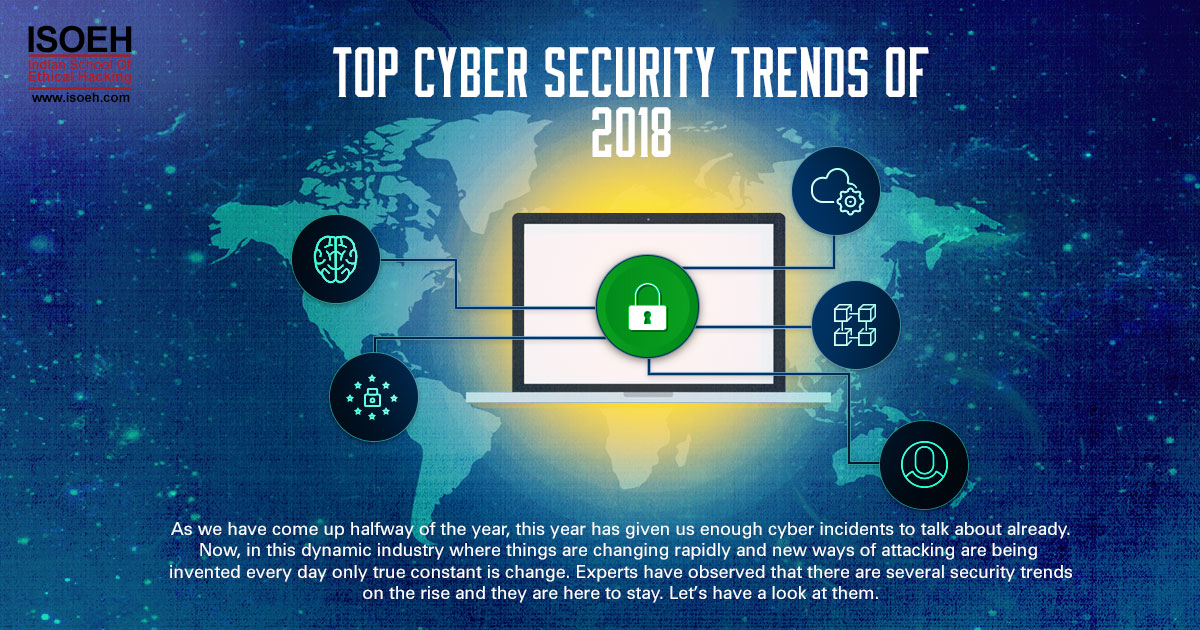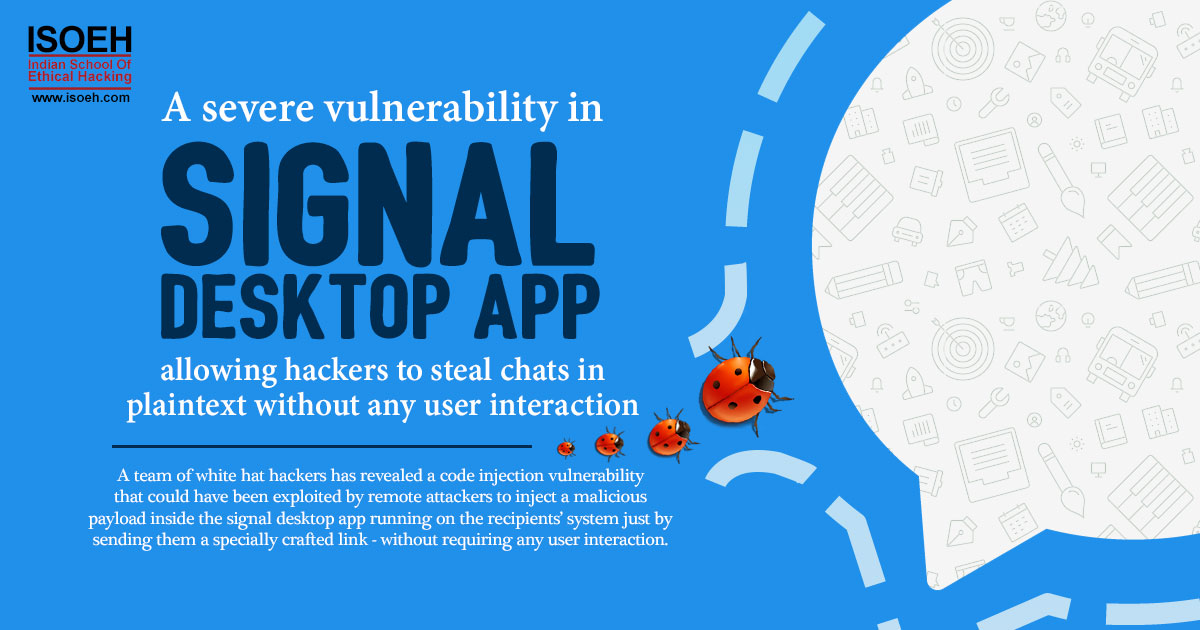
Contents
Introduction
Millions of individuals in India are impacted annually by cyberattacks, making it one of the most targeted nations. The situation appears dire as 2023 approaches. India is a target for hackers and cybercriminals, who are becoming more shrewd and cunning.
India's increasing attack surface presents greater potential for compromise as digitalization spreads across all industries. At the same time, a lack of cybersecurity specialists means that many organisations lack the funding necessary to put in place effective security programmes.
People continue to be exposed to a variety of hazards by having inadequate cyber hygiene and security practises. Individuals also remain vulnerable, with poor cyber hygiene and security practices exposing them to an array of threats.
India has serious cyber dangers that demand immediate attention, including sophisticated phishing tactics, ransomware attacks, and nation-state breaches targeted at key infrastructure.
The path ahead is dangerous, but India can fortify its cyber defences and outwit those who want to do it damage with awareness and cooperation. Security must come first in order to ensure India's digital revolution is successful even though the future is still unwritten.
The Rising Tide of Cyber Threats in India
 In India, cyberattacks are increasing, and threats may worsen by 2023. Experts claim that India is a prime target because of its expanding digital presence and lagging attention to cybersecurity.
In India, cyberattacks are increasing, and threats may worsen by 2023. Experts claim that India is a prime target because of its expanding digital presence and lagging attention to cybersecurity.
India has the second-largest population of internet users worldwide. Hackers can, however, take advantage of weaknesses in antiquated technological infrastructures and low cybersecurity knowledge. Social engineering, ransomware, and phishing assaults are frequent and frequently result in data breaches or financial theft.
As more hospitals digitise records, there are serious challenges to the healthcare sector. Over 68 lakh patient records from Indraprastha Apollo Hospital were obtained during a 2019 attack. The financial sector faces everyday assaults as well. Hackers broke into Yes Bank in 2022 and took information from its 10 crore customers.
Several services are offered online, con artists develop sophisticated ruses to extort money or private data. Many people were duped by the Jamtara phishing scheme and the 2022 "Elon Musk" cryptocurrency fraud. These social engineering attacks will advance in sophistication and precision with AI and automation.
Through programmes like the National Cyber Security Policy and the Cyber Surakshit Bharat campaign, the government seeks to improve cybersecurity. But there are obstacles, including a dearth of qualified specialists, insufficient laws, and restricted money. Risks will continue to outstrip defences until cybersecurity is given priority.
Vulnerabilities and Gaps in India's Cyber Defences
 India's cyber defences have some serious vulnerabilities that threaten to compromise data and infrastructure. According to recent reports, India saw over 6 million cyberattacks in 2020, highlighting the need to strengthen cybersecurity.
India's cyber defences have some serious vulnerabilities that threaten to compromise data and infrastructure. According to recent reports, India saw over 6 million cyberattacks in 2020, highlighting the need to strengthen cybersecurity.
- Outdated technology: Much of India's critical infrastructure like power grids and railways still run on outdated technology and software that is easy to hack. Upgrading systems and training employees on cyber risks is urgently needed.
- Shortage of cybersecurity experts: India only has about 10,000 certified cybersecurity professionals to protect a country of over 1 billion people. More investment is needed to train and hire experts to fill this huge skills gap.
- Complex compliance regulations: India has some of the strictest data privacy laws in the world. However, compliance is complex and many companies struggle to fully understand and implement required security standards, leaving data exposed.
- Lack of cybersecurity awareness: Most Internet users in India don't understand cyber risks and lack basic security hygiene like using strong passwords or two-factor authentication. Educating the public and promoting a culture of cyber awareness is key.
How Cybercriminals Are Targeting People and Businesses in India
Cybercriminals in India are becoming increasingly sophisticated in how they target victims. Their tactics rely heavily on human error and manipulation, preying on people's trust, curiosity or desire for financial gain.
Phishing and Smishing
 Phishing is the practise of sending phoney emails or text messages (smishing) with the intention of duping recipients into divulging personal information such passwords, account numbers, or credit card numbers. Phishing mails frequently use well-known firm logos and urgent language to elicit an immediate reaction. People routinely fall into the trap, opening infected attachments or clicking dangerous links that install malware, ransomware, or steal bank information.
Phishing is the practise of sending phoney emails or text messages (smishing) with the intention of duping recipients into divulging personal information such passwords, account numbers, or credit card numbers. Phishing mails frequently use well-known firm logos and urgent language to elicit an immediate reaction. People routinely fall into the trap, opening infected attachments or clicking dangerous links that install malware, ransomware, or steal bank information.
Vishing
Vishing, also known as voice phishing, connives with victims via phone conversations as opposed to emails. Criminals may adopt the personas of bank employees or tech support to persuade victims to disclose account access or download malware onto their devices. Vishing is successful because people are prone to believe the familiarity and immediate nature of a human voice.
Business Email Compromise
In order to commit CEO fraud or business email compromise (BEC), cybercriminals also target firms by hacking email accounts or forging genuine email addresses. They deceive staff into sending big amounts of money or private information by posing as high-level executives. Businesses have lost billions of dollars as a result of BEC schemes' highly specialised social engineering techniques.
Ransomware
 One of the biggest challenges to India is ransomware attacks. Major infrastructure, including hospitals, city services, and transit hubs, has been affected by malware that encrypts data and systems. Then, in order to decode the data, criminals demand high ransoms in bitcoin, harming business. Data recovery is not guaranteed, even with payment.
One of the biggest challenges to India is ransomware attacks. Major infrastructure, including hospitals, city services, and transit hubs, has been affected by malware that encrypts data and systems. Then, in order to decode the data, criminals demand high ransoms in bitcoin, harming business. Data recovery is not guaranteed, even with payment.
People and organisations need to be cautious and leery of unsolicited requests, educate staff about cyber threats, and keep systems updated with the most recent security updates if they want to prevent becoming victims. Cybercriminals' strategies change along with technology, but with knowledge and awareness, their ability to deceive can be lessened.
Emerging Cybersecurity Challenges for India's IT Infrastructure
Cyber threats in India are evolving rapidly, putting immense pressure on the country's digital infrastructure. As India continues its push towards digitization, its growing reliance on technology exposes new vulnerabilities that malicious actors are poised to exploit.
Increasing Sophistication of Cyber Attacks
Cybercriminals are using more sophisticated techniques to hack into systems and steal data. Malicious software-filled phishing emails are getting more specialised and difficult to spot. In order to deceive victims into giving money or private information, hackers are increasingly advancing techniques like business email intrusion.
Vulnerabilities in Cloud Infrastructure
 Security threats increase as more data and services are moved to the cloud. Many organisations may simultaneously be exposed by flaws in cloud systems. Additionally, malware that encrypts data and demands payment as well as cryptocurrency mining software are being targeted at cloud infrastructure.
Security threats increase as more data and services are moved to the cloud. Many organisations may simultaneously be exposed by flaws in cloud systems. Additionally, malware that encrypts data and demands payment as well as cryptocurrency mining software are being targeted at cloud infrastructure.
Growth of IoT Devices
With tens of millions of linked devices going online, the Internet of Things market in India is growing quickly. Many IoT devices lack upgrades and have weak default security settings, making them easy targets. Unsecured IoT devices are vulnerable to hacking and can be used in botnets to execute DDoS assaults, disperse malware, or interfere with networks.
Social Engineering Threats
Human nature does not change as quickly as technology does. Social engineering, or persuading people to provide sensitive information or engage in hazardous behaviour, continues to be a useful weapon for cybercriminals. Users' trust, sense of urgency, fear, or curiosity are commonly preyed upon by phishing, impersonation schemes, and the dissemination of false information.
- Public education and promotion of good practises for online safety.
- Improving security regulations and standards for emerging technologies like cloud computing and IoT.
- Investing in coordinated public-private sector response, data exchange, and threat monitoring.
- Finding and developing cybersecurity talent to accommodate India's considerable needs.
India can confront the challenges that lie ahead and guarantee the security of its digital future by taking proactive measures to bolster defences, improve resiliency, and establish cyber savvy communities. But persistent watchfulness and foresight will be needed to foresee and mitigate developing hazards. What happens now will determine the situation in 2023.
Conclusion
India's cyber environment is rapidly changing, and 2023 is expected to provide both possibilities and difficulties in this area. Access and connectivity will improve with more digitization, but the attack surface for bad actors will also grow.
Cyber espionage and attacks for monetary gain are predicted to increase from both state-sponsored and criminal organisations. However, India can develop a more robust cybersecurity posture with solid cooperation between the government, industry, and the general public. India can stay ahead of new threats and strengthen the security and resilience of its digital infrastructure by investing in security awareness and education, encouraging information exchange, and growing its cyber talent pool.
The risks to India's cybersecurity in 2023 can be identified and reduced, even though the future is difficult to forecast. The way ahead is difficult but attainable. India's online adventure is ongoing.
Hacking Tools
Explore All Hacking Tools »
UFTP is an encrypted multicast file transfer program for secure, reliable & efficient transfer of files. It also helps in data distribution over a satellite link.
Read DetailsBreaking News
Breaking News Of Each Month »
The recent pandemic was unexpected and unknown to most part of the world. It has changed our life and we are slowly adapting to our new lifestyle. The risks associated with the new lifestyle, both personal & corporate, are unknown to most of us.
Read Details
















